McLaren has launched the Artura Spider as its first drop-top hybrid, ushering in more power and a raft of chassis and aerodynamic upgrades that will also be used on an updated version of the coupé.
Available to order now from £221,000, the Spider is claimed to be the lightest convertible supercar in its class “by as much as 83kg”, with its 1457kg kerb weight giving it the edge over the Maserati MC20 Cielo and Ferrari 296 GTS.
Extensive use of lightweight materials – such as carbonfibre for the folding hard-top – means it is just 62kg heavier than the current coupé version. The Ricardo-developed 120deg 3.0-litre V6 petrol engine has been carried over but an ECU remap – which can be performed on the existing McLaren Artura – has given it a 19bhp boost to 596bhp.
Together with the 93bhp axial flux motor in the gearbox, the total system output rounds up to 690bhp and 531lb ft. That gives a power-to-weight ratio of 473bhp per tonne and a 0-62mph time that matches the existing coupé’s, at 3.0sec.

The top speed is limited to 205mph but McLaren chief engineer Andy Beale said the firm is “keen to do a chunk more than that”.
The engine drives through an enhanced version of the eight-speed dual-clutch automatic gearbox, which now shifts 25% faster. It is also equipped with a new function that allows the driver to spin the rear tyres up when planting the throttle from a standstill.
Peak power is available across a wider band of revs than before too, from the mid-range all the way to an 8500rpm redline.

McLaren product director Jamie Corstorphine told Autocar: “This gives a really marked crescendo as the power is building. We’ve really ramped it up from the mid-point, which makes the car even more exciting and engaging to drive, because it’s not just about the total figure: it’s about how the power is delivered.
“You get more of a feel from the engine revs increasing and decaying transmitted into the structure of the car, through the seats and to your body, and it gives you more of an emotional cue.”
Corstorphine added that better feel and driver enjoyment can be appreciated not only on track but also in everyday situations such as on a roundabout or slip road.
“We want to make cars that our customers go to pick from their garage most often because they fit into their lives, they’re fun to drive, but they’re no-compromise,” he said.
![]()
The Artura’s ‘emotional’ credentials are enhanced here by the addition of an electrically folding hard-top – framed in carbonfibre or with an electrochromic glass panel.
The roof can be operated at vehicle speeds of up to 31mph and deploys in as little as 11 seconds, making it one of the fastest-folding of any convertible on sale. Because the roof mechanism sits where the engine cooling vent is on the coupé, air is extracted via new ducts.
Particular attention has been paid to aerodynamics, with an 8mm foil on the windscreen smoothing airflow over the cabin. This has been tuned to be effective from 30mph to 90mph “because that range is where you would want to be cruising around with the roof down”, said Beale.

Also new for the convertible is a symposer to emphasise the exhaust note, which “is tuned not to give its own sound but to try and give the most authentic sound”, according to Beale. It is intended to make the car more refined when cruising and more vocal when pushing on.
Deliveries of the Artura Spider and updated coupé will begin in the middle of this year, hot on the heels of the lightly refreshed GT and new 750S, which replaces the 720S.
Q&A with Andy Beale, chief engineer McLaren Automotive
Did you have a weight limit in mind for the Spider?
“We have internal targets for what we want the weight to be – they’re always set very aggressively – and then we spend plenty of time trying to work out where we shave a few grams off of here or there, to make it just the 62kg heavier.”

Do you do your own aerodynamic work?
“We do a lot of CFD [computational fluid dynamics] ourselves and wind tunnel work, both model scale and full scale – even to the point with us in the cabin to get subjective feedback. So everything from the old-school tests to the latest ones, we cover all of it as much as we can.”
Will learnings from this project inform the upcoming V8 hybrid supercar?
“Every single programme we do informs whatever is in our future. We have learned processes through every project. If we find a benefit on one product, when there’s another product being developed alongside, we’re already telling the other guys what we know about what we found.”

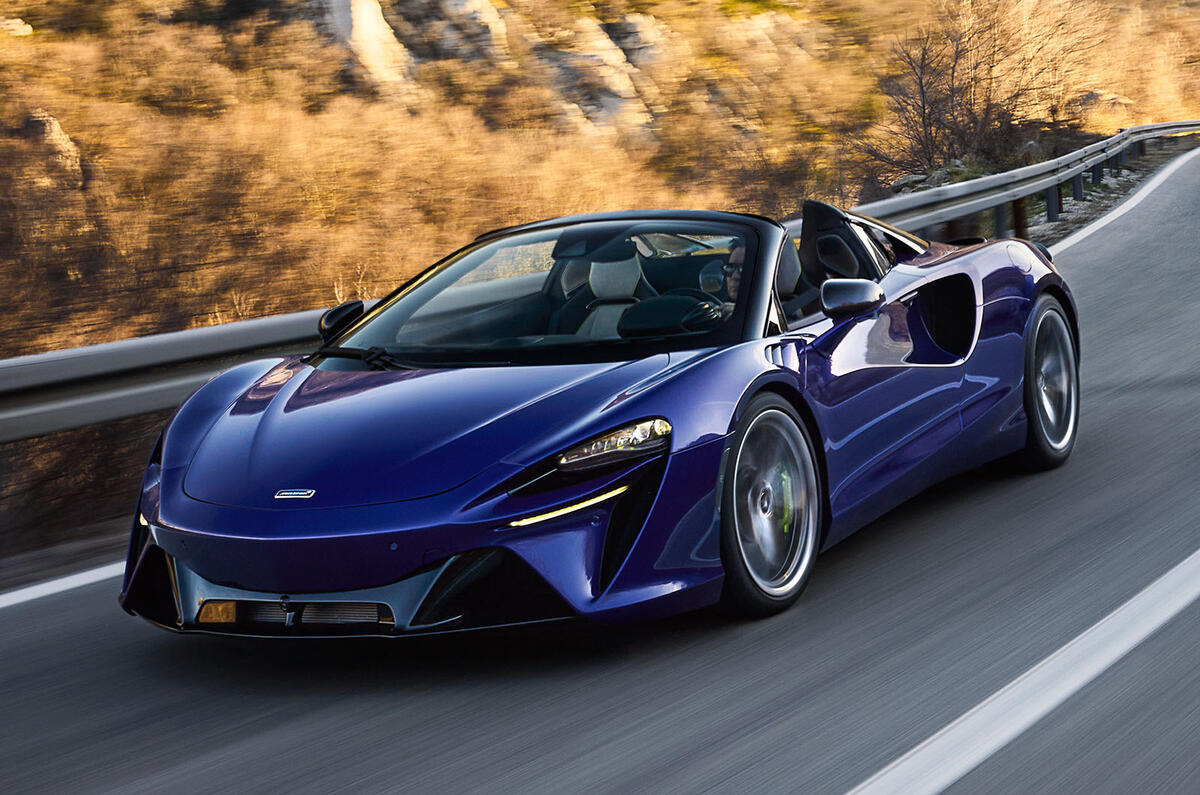
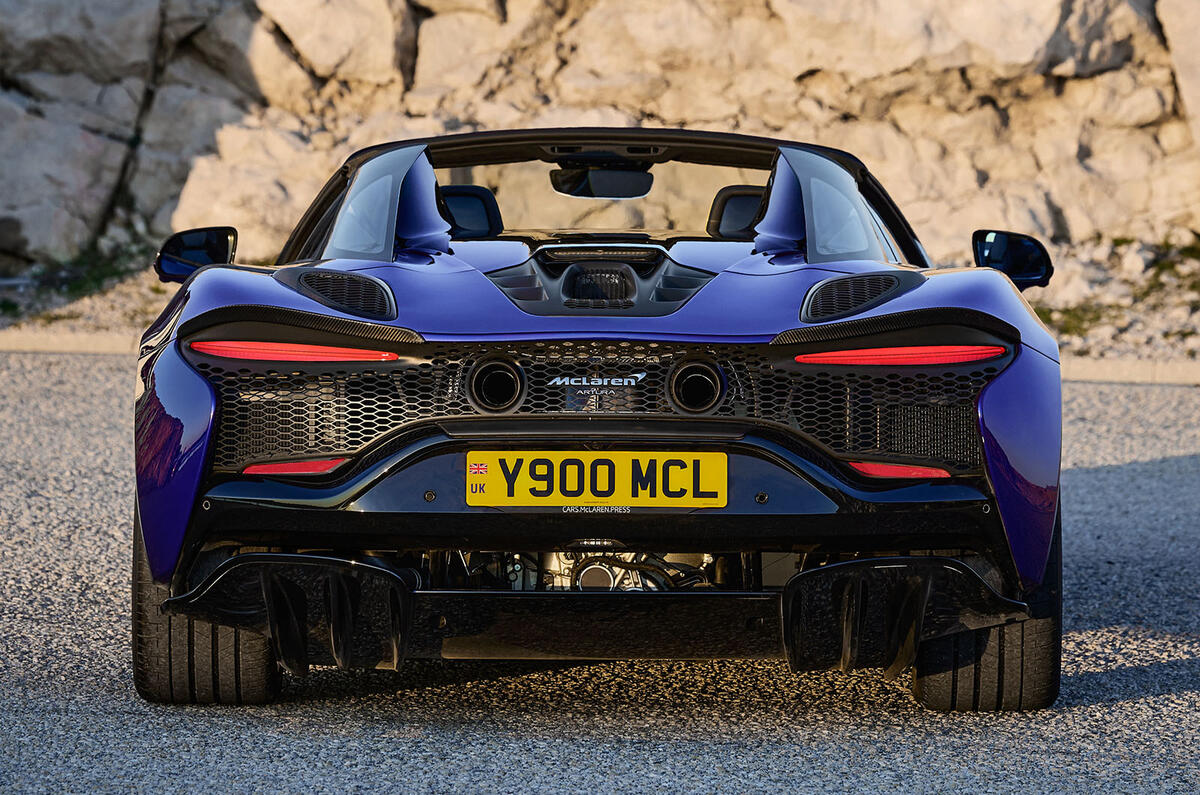
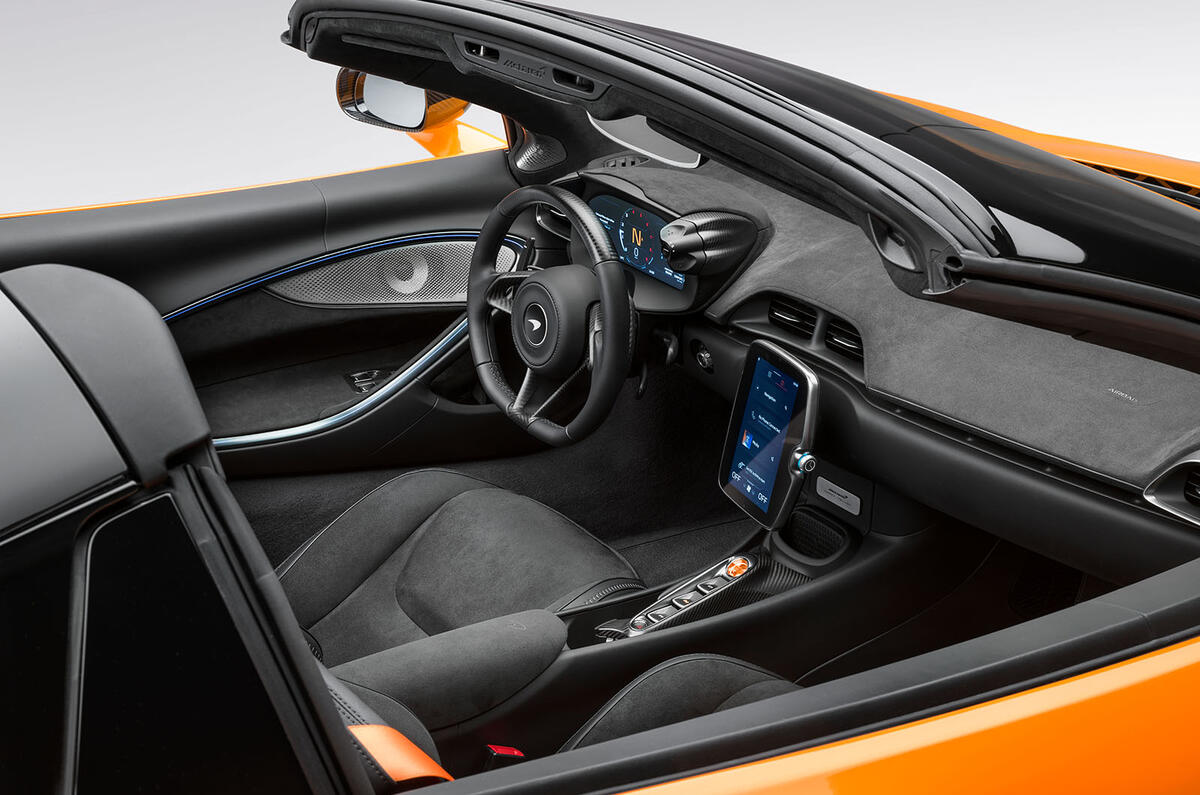
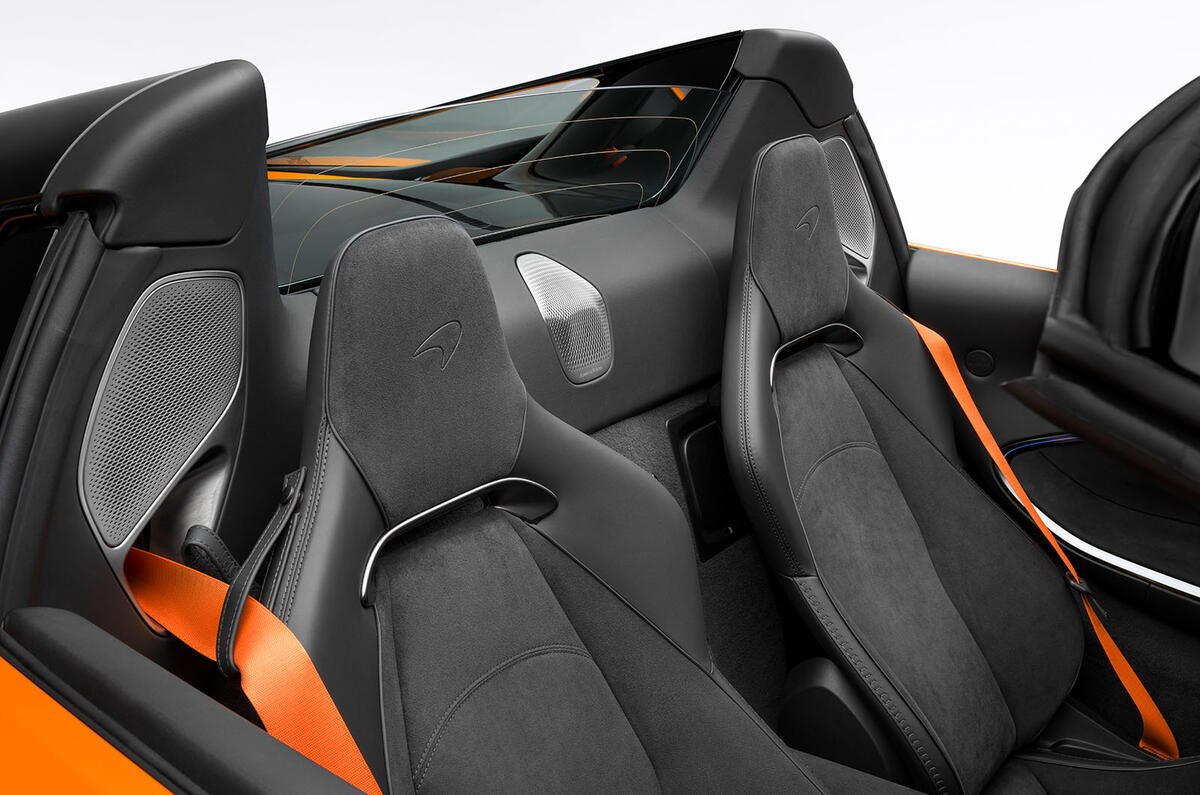

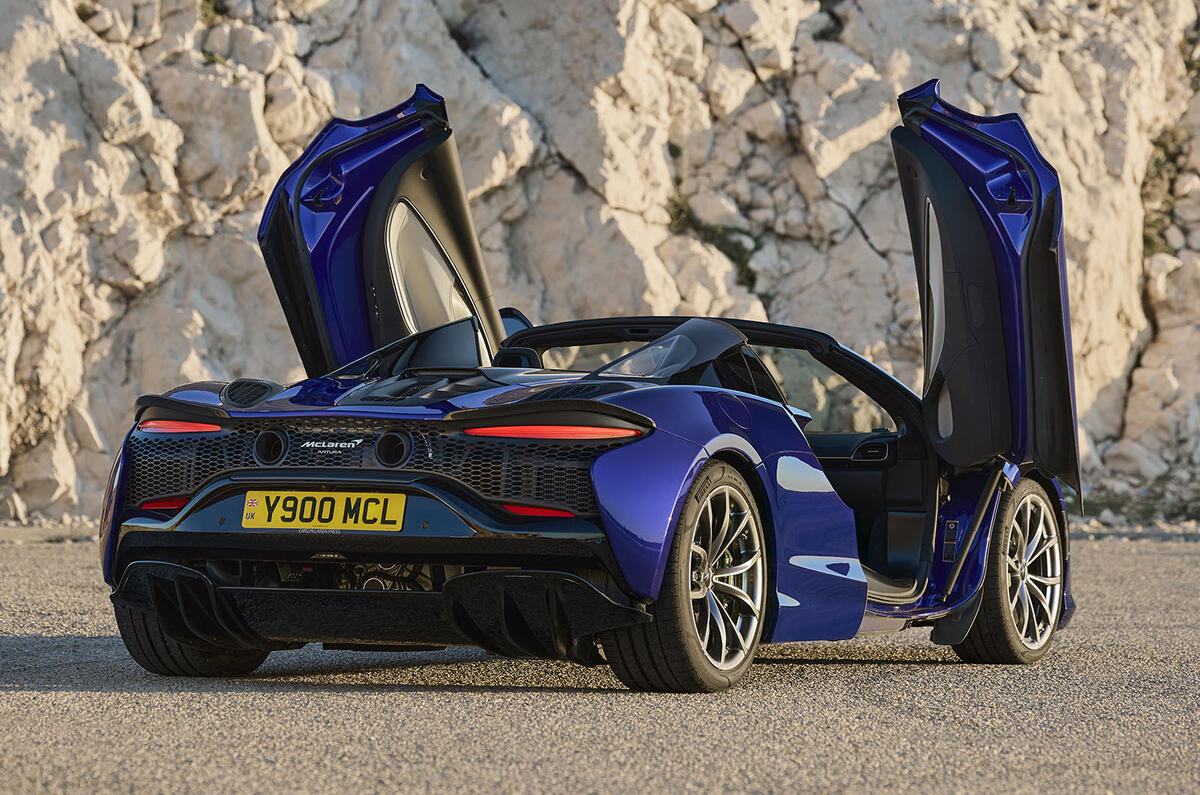
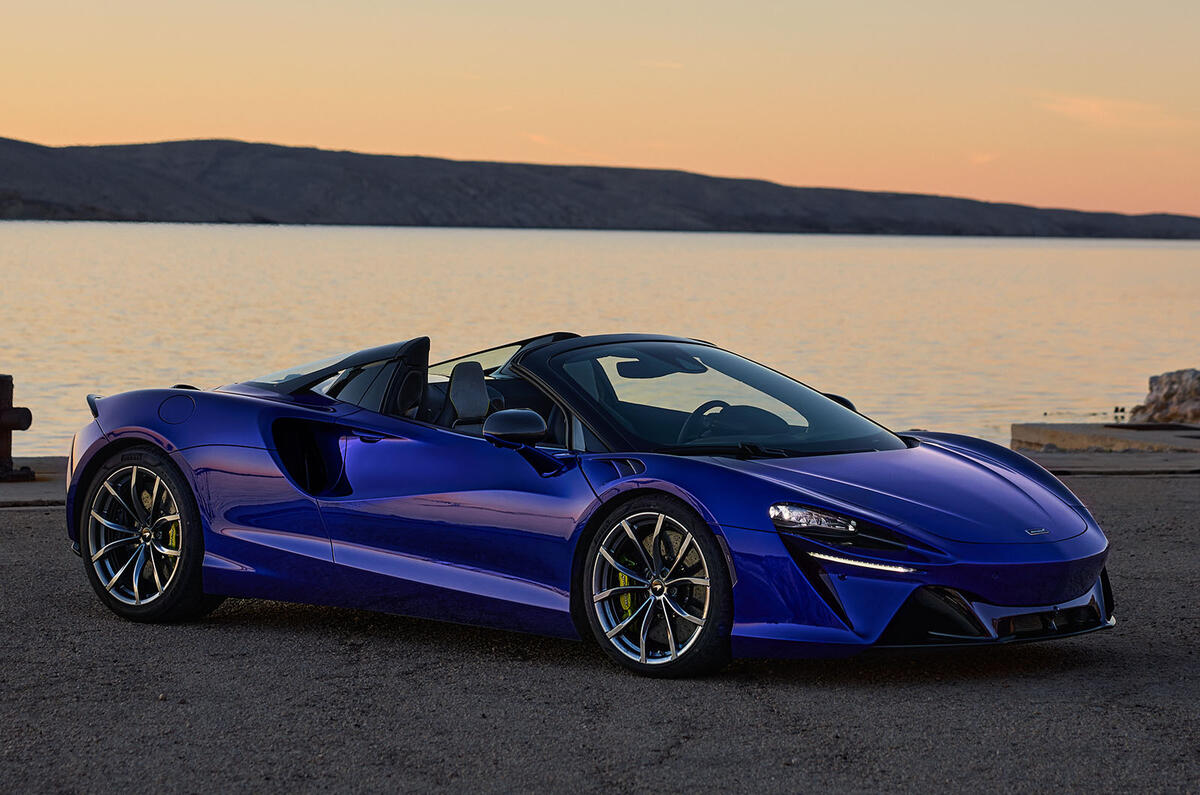
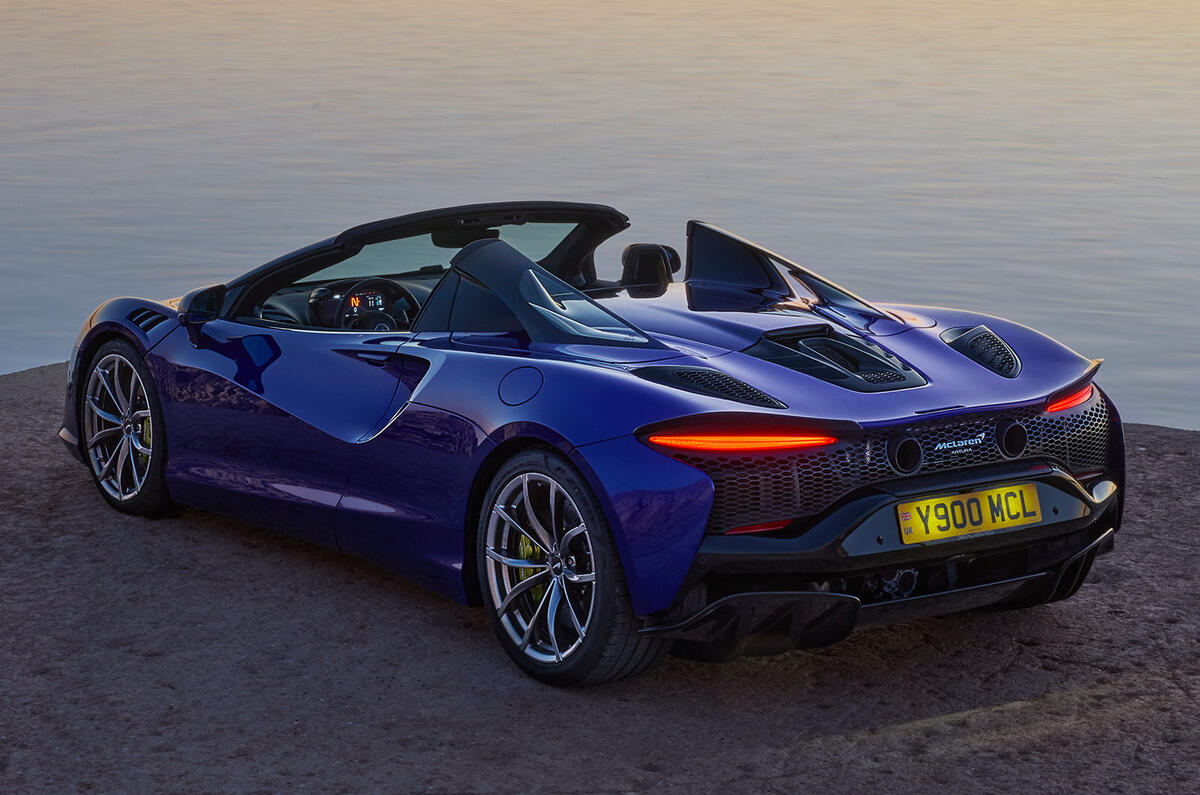
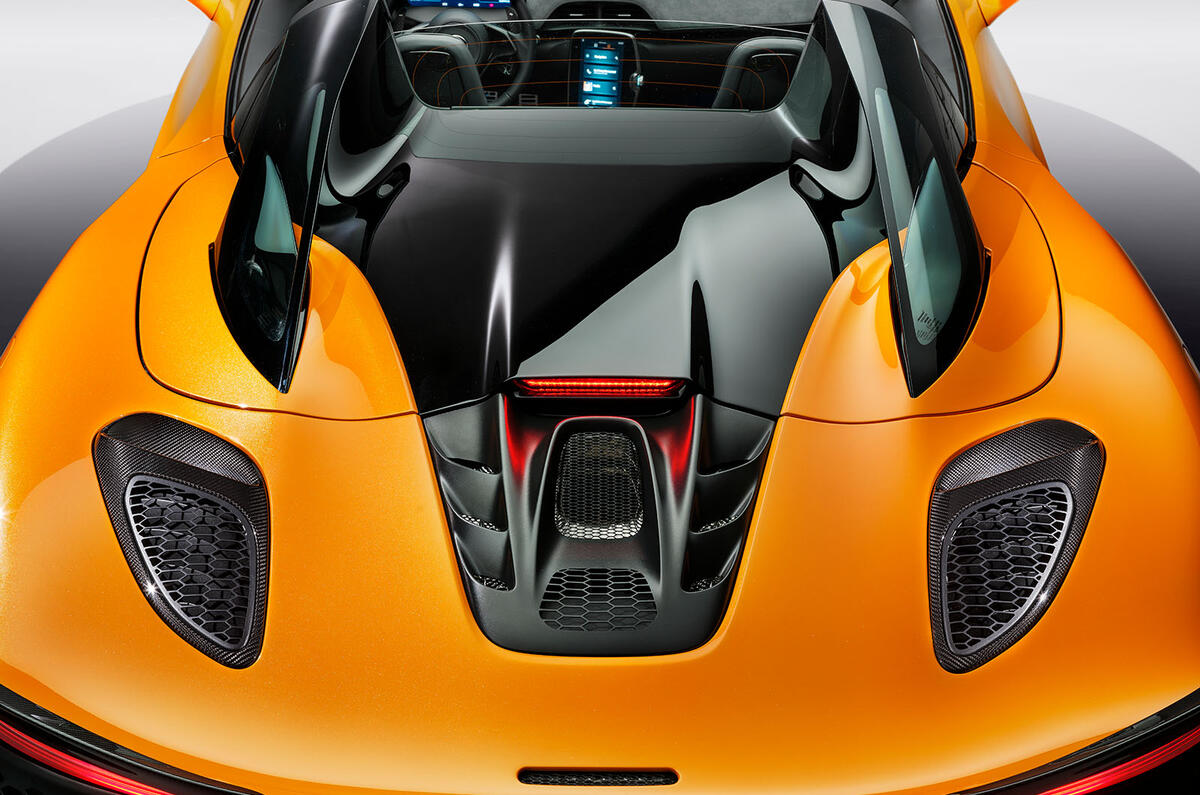
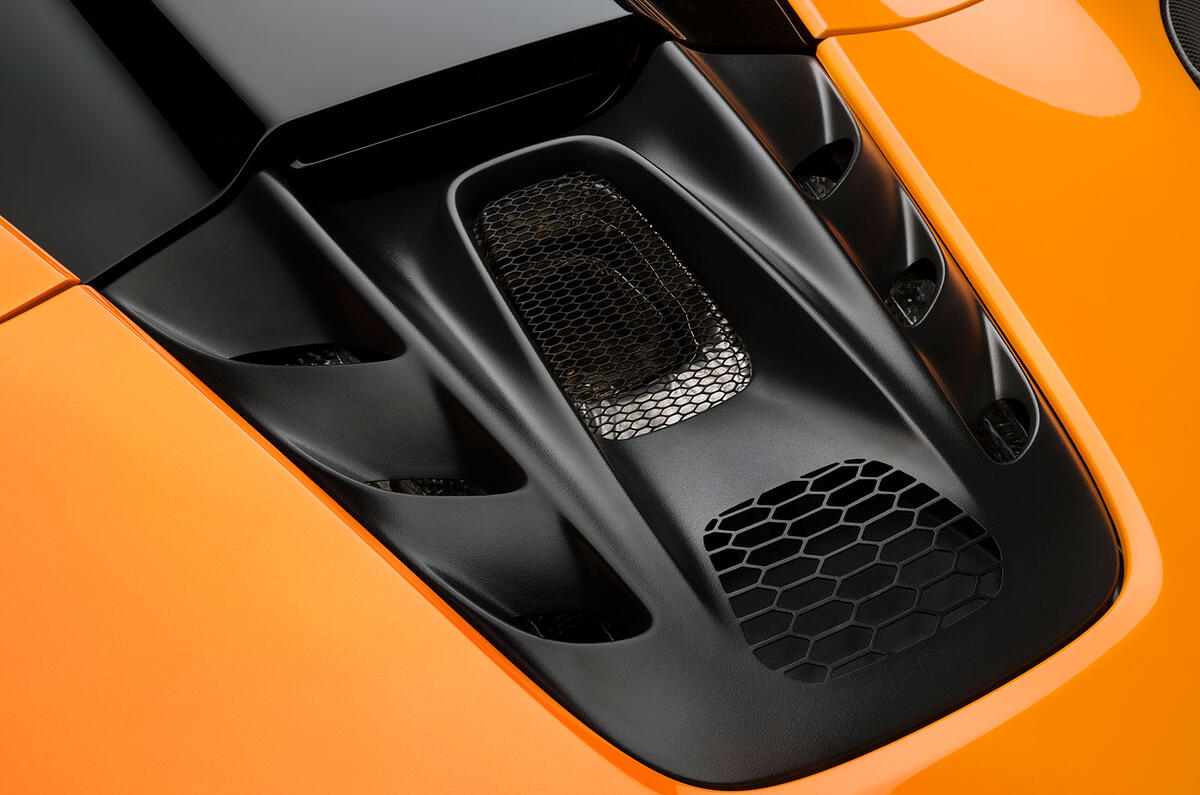


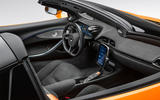






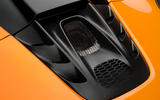






Join the debate
Add your comment
it seems crazy that you could theoretically take the bits from this engine and make a 1.5L 3cyl with almost 300bhp. How long do these go for between rebuilds? Now that i've typed that out i'm remembering the Esprit S4S' 300bhp 2.2, it's only 700cc bigger.